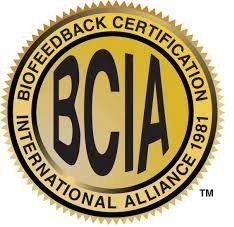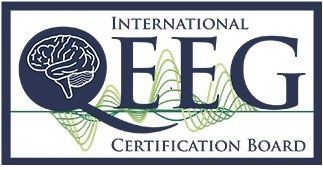
Three Part series on ADHD
Part I (symptoms, prevalence and misleading diagnoses)
What is Attention Deficit Hyperactivity disorder, how prevalent is it & what are the major symptoms?
According to the American Psychiatric Association:
ADHD is one of the most common mental disorders affecting children and adults. Symptoms of ADHD include inattention, hyperactivity, and impulsivity.
An estimated 8.4 percent of children and 2.5 percent of adults have ADHD.1,2 ADHD is often first identified in school-aged children when it leads to disruption in the classroom or problems with schoolwork.
What are some disorders often mistaken for ADHD?
Anxiety disorders may include agitation, the need to keep moving, difficulty focusing, and impatiently speak out of turn in school.
Children with absence seizures may periodically zone out and lose focus.
Children with learning disorders (including visual inattention) may have difficulty processing information.
Pediatric bipolar disorder may include symptoms of impulsive talking, inattention, and difficulty following the rules.
Fortunately, EEG signatures can help us to determine if ADHD is the true presenting symptom.
Part II (Common EEG signatures for ADHD)
Attention issues are often reflected in the prefrontal cortex and may also be seen in the parietal lobes. However, visual inattention (not classified as ADHD) may be reflected by elevated Z-scores in the occipital lobes. Classic ADHD is reflected by elevated theta in the frontal lobes, midline (z-line), or parietal lobes. Not only theta but younger children may also have elevated Delta and do not forget to include Alpha 1 (8-10 Hz) when inspecting frontal lobe scalp locations. Hyper and hypo coherence in prefrontal areas are also of interest. Weak beta is common with high theta-to-beta ratios. If beta is elevated in key areas of attention, anxiety must be ruled/out before accepting ADHD as the diagnosis. Another caveat, if elevated z-scores are primarily in the parietal lobes, then suspect a learning disorder rather than ADHD.
Classic ADHD Brain-map (Getting Started with EEG Neurofeedback, p 131
Part III (Neurofeedback interventions for ADHD)
- The simplest intervention is to inhibit specific frequency ranges at key monopolar sites that reflect ADHD (common frequency ranges are: 1-6 Hz, 2-7 Hz, 4-7 Hz, 4-8 Hz , 6-9 Hz, 6-10 Hz. Specific ranges are derived from a QEEG evaluation. Always train more than one site.
- Joel Lubar’s neurofeedback interventions for ADHD included inhibiting theta and rewarding beta for inattention or inhibiting theta and rewarding SMR for hyperactivity. Younger children were trained at Pz-Cz, tweens were trained at FCz-CPz and older teens and adults were trained at Fz-Cz.
- Other bipolar montages that are often used are F3-F4, F7-F8 and sometimes Fp1-Fp2. But if we inhibit theta alone with a bipolar montage it will elevate coherence in the theta range. So, check the map, if there is hypercoherence then the above mentioned bipolar montages should not be used with a single channel inhibit.
- Two channel Sum Squashes at sites such as Fz & Cz or Fz & F3 and other combinations as indicated by the map may be useful or even powerful when inhibiting elevated slow wave ranges.
- Rossiter’s neurofeedback interventions focused on theta-to-beta ratio training especially in midline locations (special protocol needed & pitch variable sounds are preferable).
- Hershel Toomim trained the prefrontal cortex with HEG-NIR to reduce theta and increase frontal lobe metabolism. There is limited or no artifact issues with HEG-NIR even when there are eye-blinks and takes just one minute to put the velcro head band at the 3 key sites: Fpz, Fp2, Fp1. Those with limited hair in the forehead region can be trained at F7 and F8 when needed (note pitch variable sounds are a must).
- Photic stimulation: 14 Hz pulsing when theta is above the threshold and auditory feedback when theta is beneath the threshold works well. Photic stimulation is the least expensive of all of the pulsing therapies. Follow the 2:1 rule when fashioning protocols, e.g. pulse at 14 Hz for 7 Hz theta or 12 Hz for 6 Hz theta, etc. Note: A single electrode is placed on a strategic scalp location.
- What about z-score training? Yes it can be effective: F3F4,P3P3 is often used (brain maps indicate the best training locations). In general, this is what I share with newcomers to the field. “Start with z-score training” However, “if there is little or no progress after 5 sessions then consider one of the above methods”
If you are interested in references see the book Getting Started with EEG Neurofeedback, 2nd ed., published 2019 by WW Norton

